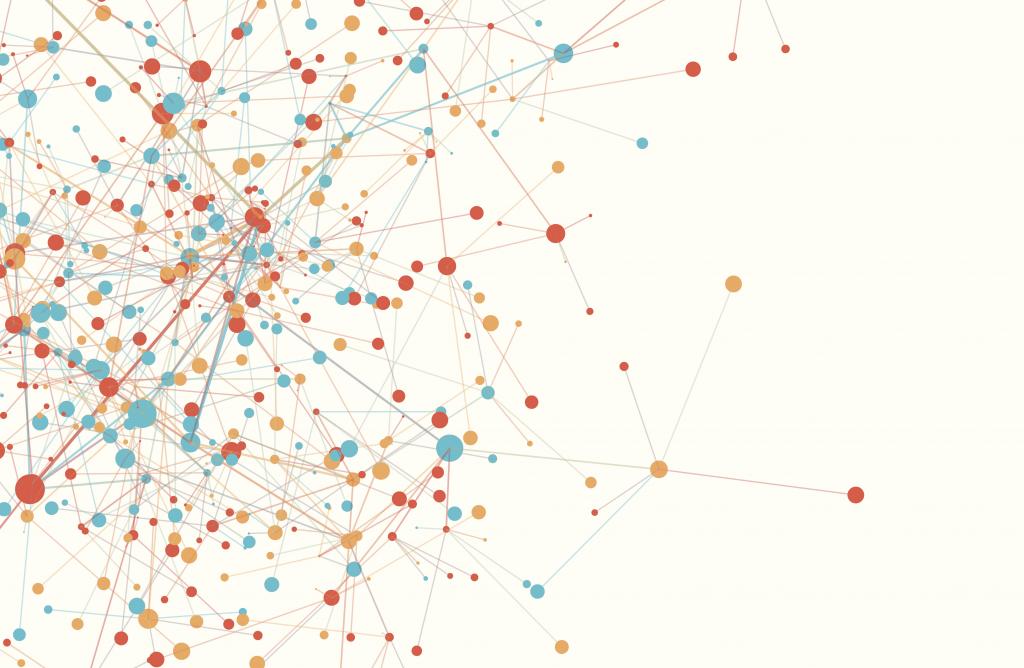Why do people rebel against the state is a common question; how they rebel, much less so. In his PhD thesis, “No Good Deed Goes Undisputed: Property Relations and Insurgency in the Periphery”, Daniel Norfolk uses nine rural cases to provides a model of insurgent alliances, which are crucial to the survival of most rebel groups. Interview.
How did you choose your research topic?
There is something close to a consensus, in the literature, surrounding two dimensions of insurgency – defined as “a struggle between a non-ruling group and the ruling authorities in which the non-ruling group consciously uses political resources and violence to destroy, reformulate, or sustain the basis of legitimacy of one or more aspects of politics” (1) – and these two points of consensus are: first, collective action has its roots in pre-existing social networks; and, second, alliance formation is crucial to any insurgency, because it is rare that a single social collective has the capacity to independently challenge the state or a centralised, ruling authority. So the question that began to guide my research was, “How do pre-existing social relationships shape alliance formation in insurgency?”
But it wasn’t until I was conducting fieldwork in Kashmir that the interface between political territory and personal property struck me as fundamentally important. Since I was already studying networks of insurgency, I was attuned to look for the structuring power of underlying social relations, and I couldn’t help but notice that, in the rural hinterlands where I was conducting research, relations forged around land were very often the most powerful structuring force in a community. And the narratives used to explain dislocation in these property-oriented social structures nearly always conflated personal property with political territory in the context of a struggle between local communities and the state purporting to govern over or conquer them. Just a simple example is the frustration felt by families about the inability to arrange marriages or pass on inheritance due to the state’s encroachment on hereditary property.
I became very conscious that personal property and political territory can never really be mutually exclusive, and that even our contemporary conceptual distinction between the two realms is quite recent. Where states are weak and processes of industrialisation have not been imposed, the conflation of political territory and personal property in land is a very real, lived phenomenon, inscribed into daily life.
Can you describe your thesis?
The central argument of the thesis is about the interaction between centralising authorities and the communities residing in the territory they aim to control. It rests on a set of premises: first, weak states that cannot extend hard power into the rural periphery aim to manipulate or co-opt prevailing political-economic structures there. Second, dominant political-economic institutions in the periphery revolve around land, as property, which becomes the logical target of state manipulation. Finally, local resistance to the territorial encroachment of centralising authorities is conditioned by pre-existing property relations.
James Coleman’s “boat” is a well-known diagrammatic analogy for how causal influence for macro-factors works through disaggregated effects at the micro-level:



